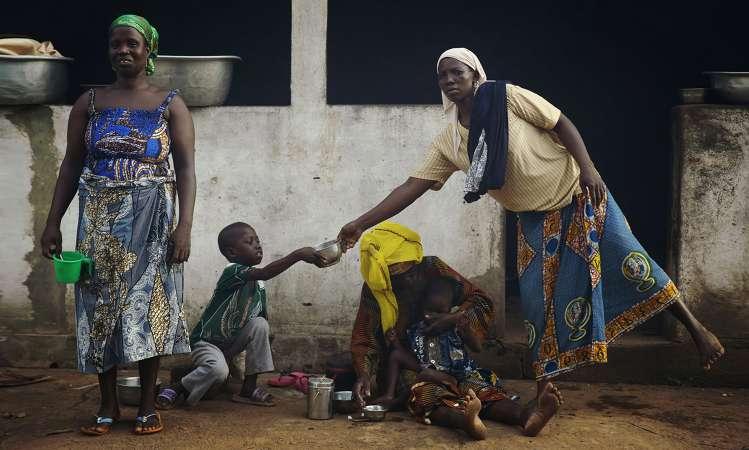
3 minute read
Why women are disproportionately affected by humanitarian crises?
LIFESTYLE wHY wOMEN ARE DISPROPORTIONATELY AFFECTED BY HUMANITARIAN CRISES?
a lot has been achieved in the fight for gender equality. even in the developing world, policymakers and other stakeholders appear to be more conscious of the rights of the female gender. however, there is still a chasm between both genders and this gap is best observed in regions that are hit by a humanitarian crisis the united nations in its 2019 Global humanitarian overview affirms that ‘conflicts and disasters exacerbate gender inequalities, particularly against women and girls.’ on the average, the death toll of women is higher than men whenever there is a humanitarian crisis.
Advertisement
A drop in school attendance
young girls are more vulnerable in conflict-ridden areas. the abduction of more than 200 girls in a nigerian school in april 2014 and the disproportionate killing of schoolgirls during the afghan war are examples that highlight the vulnerability of school-going girls. in a bid to protect their children, parents often stop them from going to school and this could have a lasting negative impact on their educational pursuits. the united nations reports that ‘girls in conflict settings are 2.5 times more likely to be out of school than boys.’ many of these girls may never return to school and even if they do, they may never recover from the damage done by the prolonged absence from school.
A product of lawlessness
all over the world, sexual violence is one of the leading crimes against humanity in war-ridden areas. and it comes in different forms. sexual violence comes in different forms; forced marriage, rape, sexual slavery, etc and is perpetrated against all genders. in basic terms, it is a direct result of the collapse of rule of law. however, the female gender is undoubtedly the worst hit by sexual violence. economically and politically marginalized women are often subjected to unspoken degrees of abuse, leaving them to cope with dire consequences such as stigma, trauma, unwanted pregnancies etc. estimates show that about 20% of women refugees in conflict-ridden areas have experienced at least one form of sexual violence. even the experts agree that this estimate is very kind.
Prone to natural disasters
even when a humanitarian crisis does not involve conflict, the female gender is still the worst hit. a 2007 study published in the annals of the association of american Geographers revealed that natural disasters have a greater effect on the life expectancy of women than men.this conclusion was drawn after a thorough examination of data from 141 countries, over a 21-year period. another report from oxfam revealed that the 2004 tsunami claimed the lives of four times as many women than men in india, sri Lanka, and indonesia. this is largely due to the fact that the women were unable to swim their way out of the turbulence or climb trees. majority of them were also at home on the day of the tsunami. in its 2018 Gender Gap report, the World economic Forum affirms that ‘gender parity is fundamental to whether and how economies and societies thrive.’ according to the report, there remains a 32% average gender gap that needs to be covered. this statistic represents an improvement from the previous year but it also tells us that a lot of work still needs to be done before gender equality can be achieved. if you are still in doubt, you should take a closer look at the regions hit by humanitarian crises.












